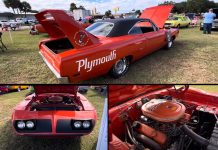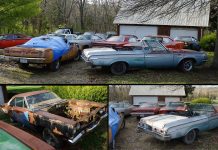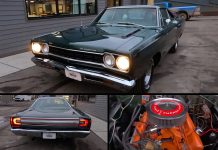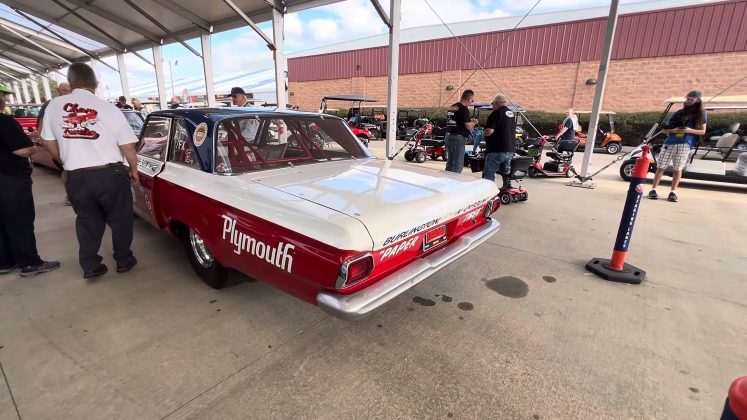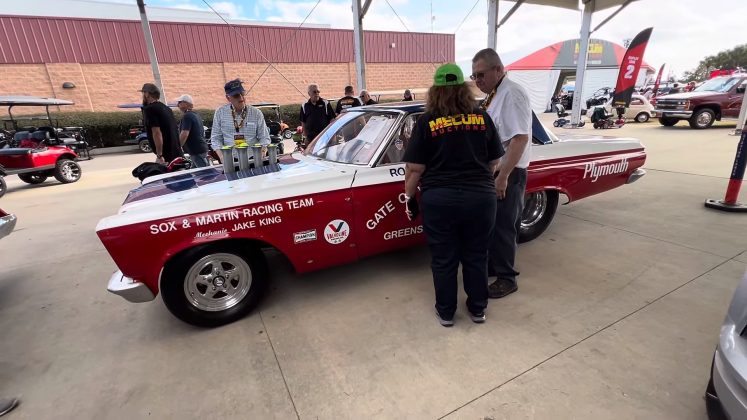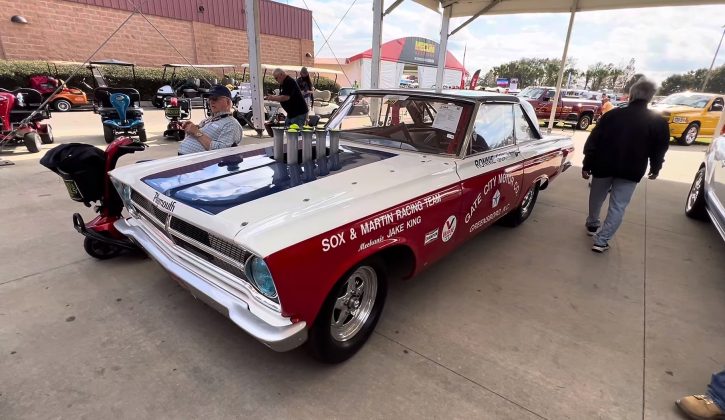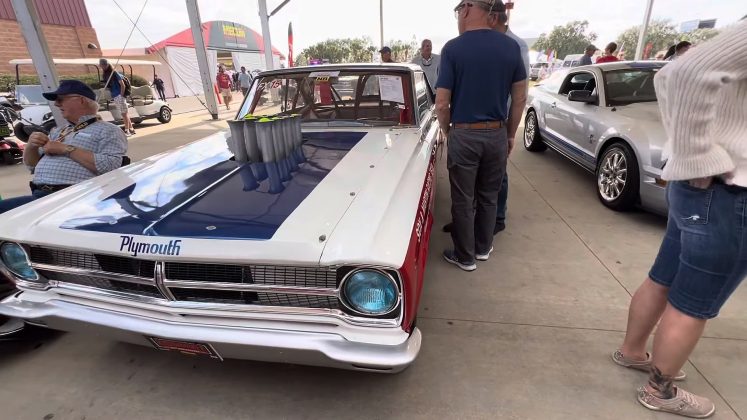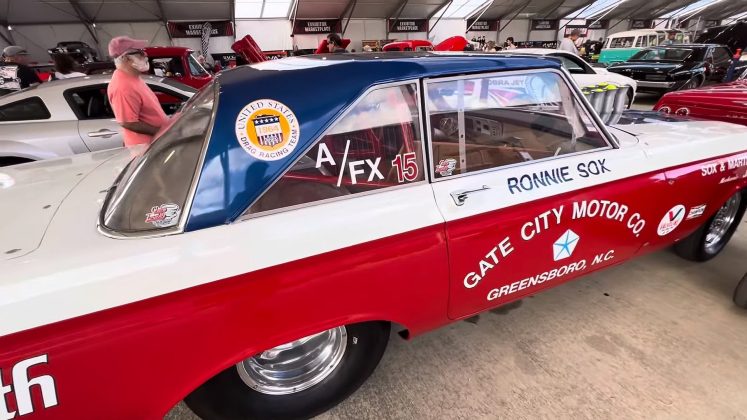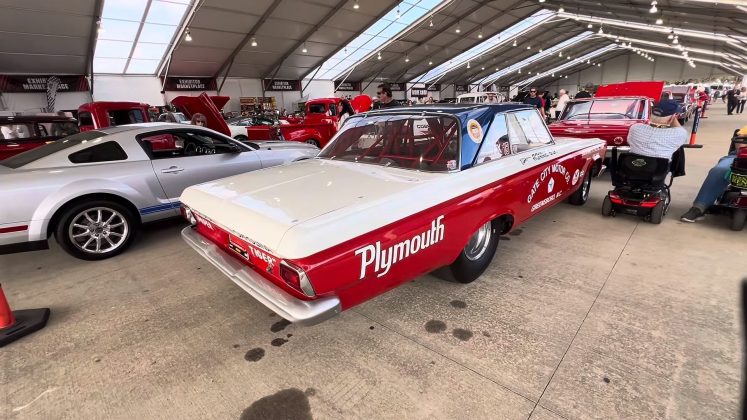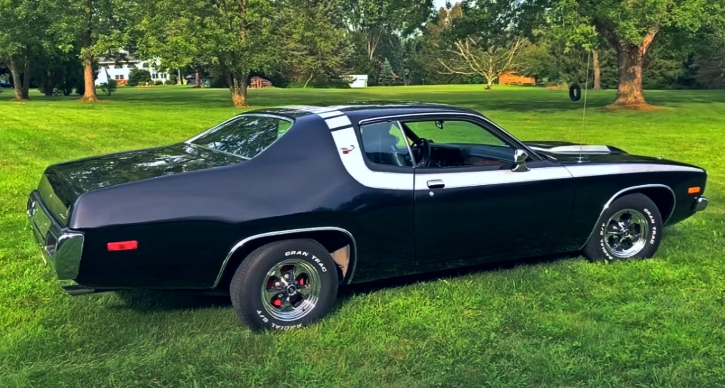In the thriving era of American high-performance cars during the 1960s, a fierce competition known as the horsepower wars emerged. Showrooms showcased powerful rigs, and drag strips witnessed the dominance of exceptionally fast vehicles. This competitive atmosphere birthed experimental vehicles, ultimately paving the way for the creation of the Funny Car division, with Chrysler’s altered-wheelbase A/FX project playing a pivotal role.

The Challenge and Radical Transformation
In 1964, Chrysler learned of Ford’s plan to introduce the potent single overhead cam 427-cubic-inch V8 in the Mustang and Mercury Comet for the 1965 racing season. Concerned about the competitiveness of their Plymouth Belvedere and Dodge Coronet, Chrysler initiated a radical makeover for its race-spec intermediates.

Fiberglass components were added, and steel panels underwent a weight-reducing acid dip. The most intriguing change involved shifting the axles, moving the rear wheels 15 inches towards the doors and the front axle 10 inches closer to the nose. This alteration resulted in a shorter wheelbase, redistributing 56% of the car’s weight over the rear tires and giving the cars an unusual appearance, leading drag racing enthusiasts to coin the term “funny cars.”
Power Upgrade and Racing Dominance
To match the radical design, Chrysler equipped the altered-wheelbase Mopars with the new 426-cubic-inch HEMI V8, a more potent version compared to the street variant.

This power boost allowed the beefed-up Coronets and Belvederes to cover the quarter-mile in low tens at nearly 140 mph. Later in the season, a Hilbon fuel-injection upgrade propelled the AWB cars into mid-nine-second territory. Only 12 cars were produced for the 1965 season, most meeting their demise on the tracks or being scrapped. The Sox & Martin version, owned and raced by country musician Roy Clark, is one of the survivors, providing an iconic representation of this drag racing era.
# FAQs (Frequently Asked Questions)
### 1. How many altered-wheelbase Mopars did Chrysler build for the 1965 season?
Chrysler produced only 12 cars for the 1965 season.
### 2. What modifications were made to the altered-wheelbase Mopars for racing?
The cars underwent radical changes, including the addition of fiberglass parts, acid dipping of steel panels for weight reduction, and the repositioning of axles to create a shorter wheelbase.
### 3. Which engine did Chrysler install in the altered-wheelbase Mopars?
Chrysler equipped the cars with the new 426-cubic-inch HEMI V8, a more potent version than the street variant.
### 4. How did the altered-wheelbase Mopars perform on the drag strip?
With the powerful HEMI V8, the cars covered the quarter-mile in the low tens at nearly 140 mph, showcasing their dominance in drag racing.
### 5. What happened to most of the altered-wheelbase Mopars by the end of the decade?
Unfortunately, the majority of the cars were either crashed on the tracks or scrapped by the end of the decade.
### 6. What is the significance of the Sox & Martin version of the altered-wheelbase Mopar?
The Sox & Martin version, owned and raced by Roy Clark, is one of the surviving cars and is considered iconic in representing this drag racing era.



